Cool Toys and Production Stats on Day 3 of Automatica 2018
We experience an amazing demo from KUKA, get a present we will never forget, and see a system which can program your robot in...
The Big, Small and Creepy of Automatica 2018 Day 1
Tiny arms, surprisingly long fingers and creepy robot smiles. It can only be the first day of Automatica 2018!
Automatica 2018 Begins with The Future of Cobots
We've seen tiny robots, giant arms and and lightsabers this morning at Automatica 2018. And the future of cobots is brought to...
Robotiq Presents Hand-E, the First UR+ Gripper Ready for the e-SERIES
We kept you in suspense, but the day has finally come!
The latest product in Robotiq's line-up of Adaptive Grippers is Hand-E,
How to Do Proper Cable Management
Until we have a reliable solution for wireless electricity, cables will always be necessary. Although it's unfortunate, robots...
How to Decide If Your Gripper Needs Custom Fingertips
What do you do if your gripper can't grasp your objects? Here are ten types of object that may require custom fingertips.
6 Industries That Have Been Improved by Robotic Automation
Automation is becoming more prevalent in many sectors of society. Here are six industries that have benefited from this...
Do's and Don'ts for Protecting Your Cobots' Cybersecurity
Collaborative robots – more commonly known as cobots – work near people and help human employees get more done. If one or more...
How to Measure ROI for Robotics Training
How do you measure the impact of robotics training? Calculating ROI for training can be tricky. Here's how to do it simply and...
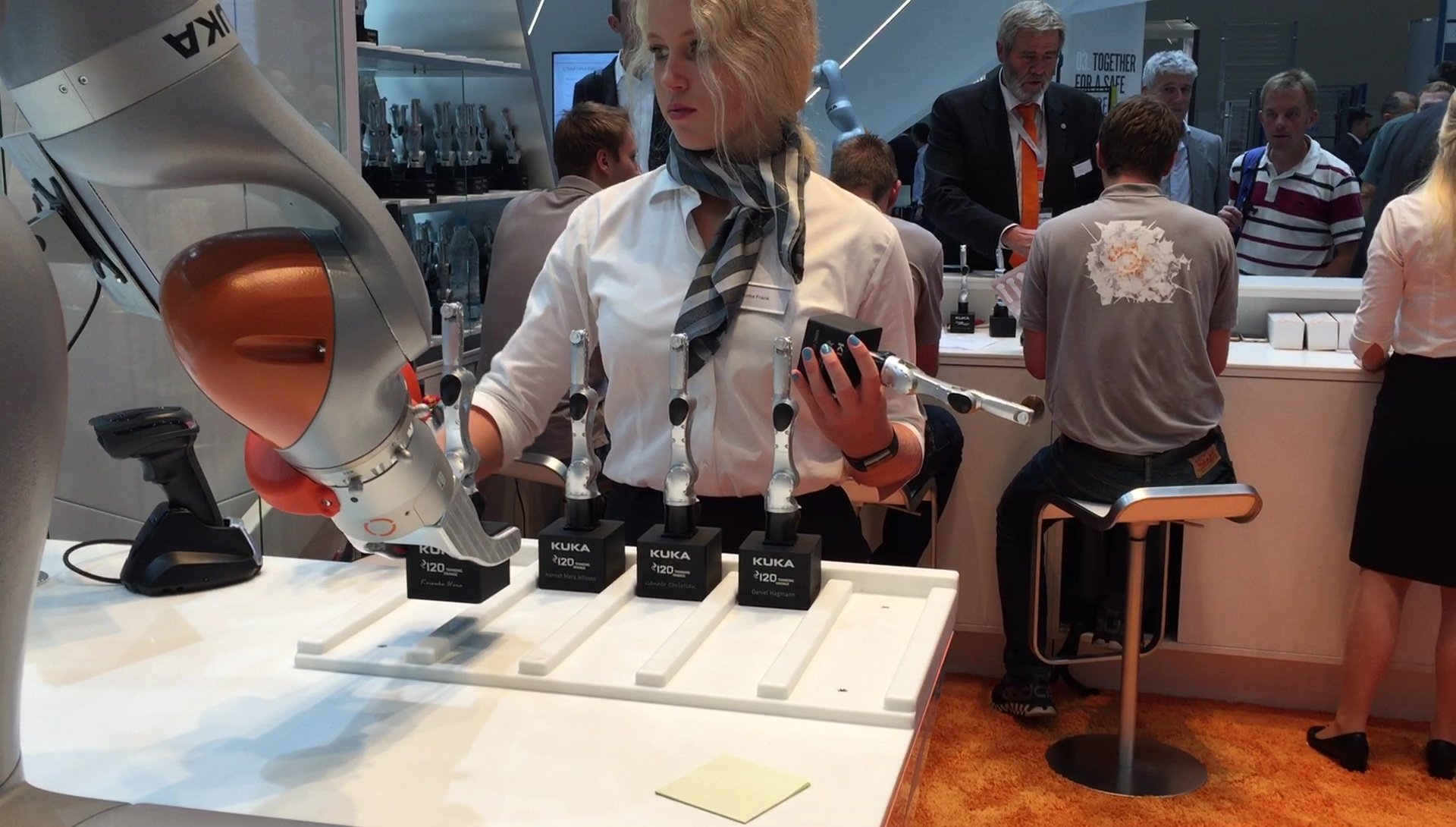

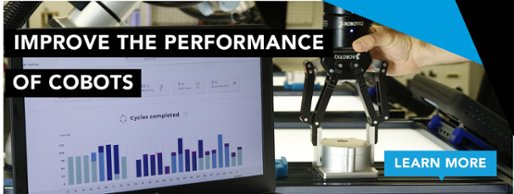

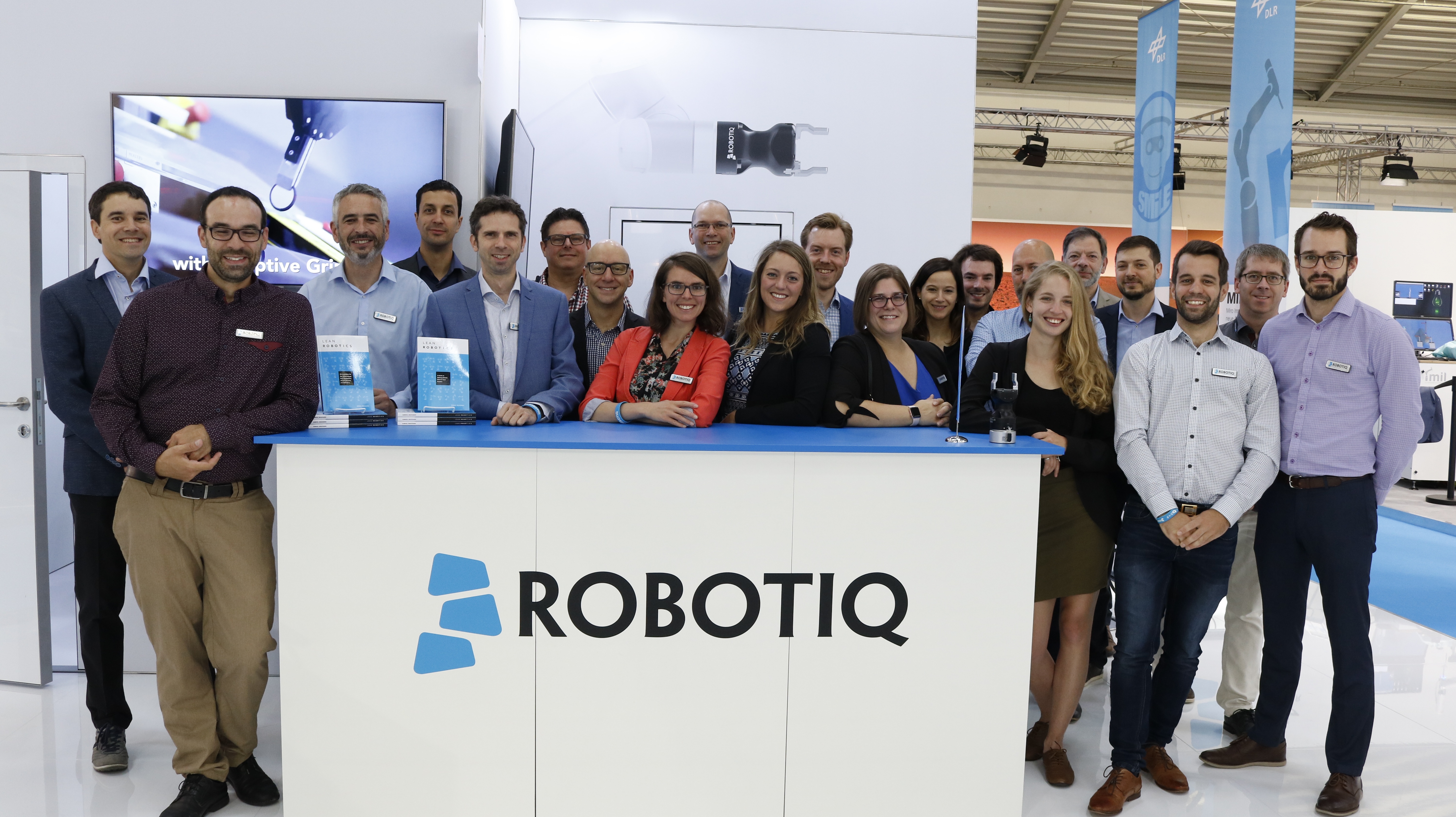
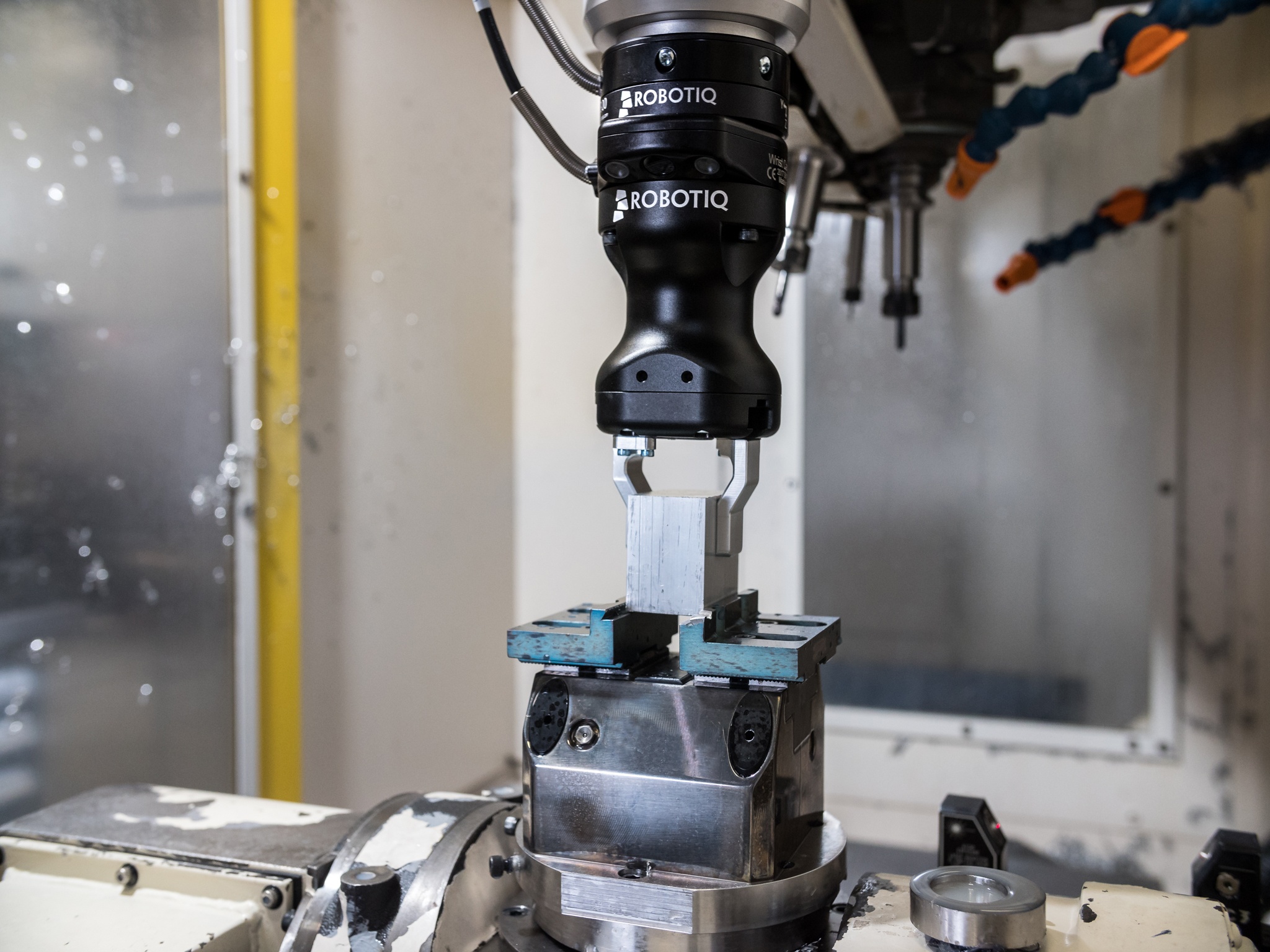

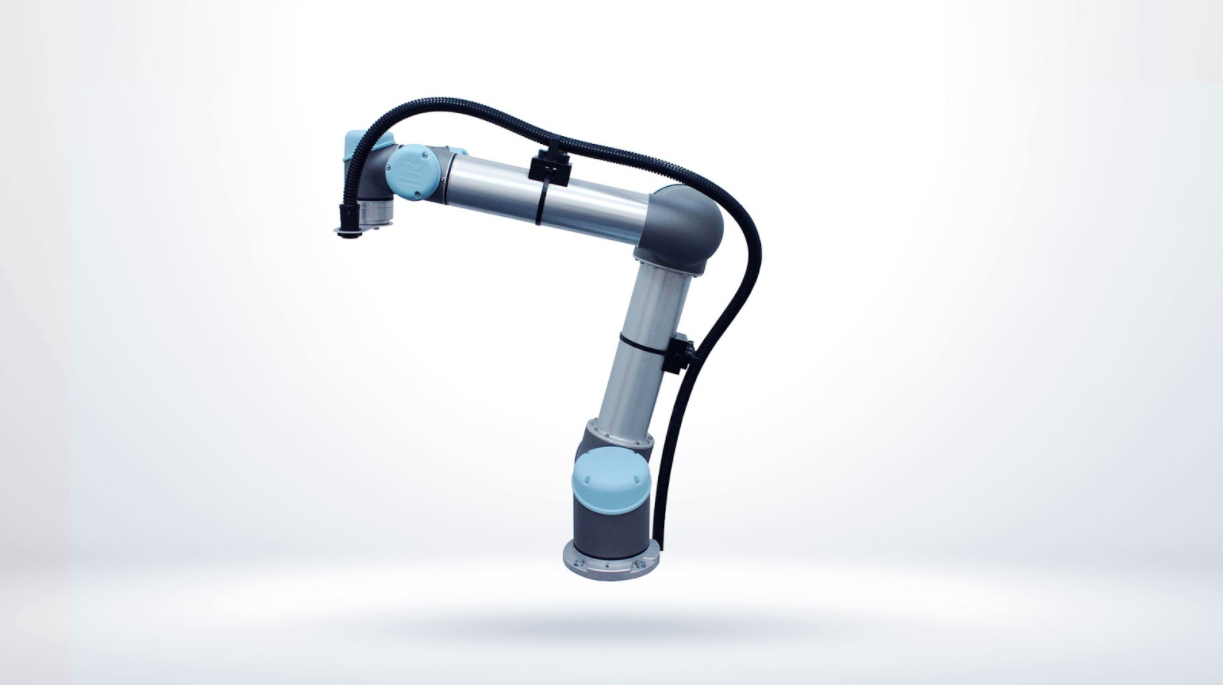

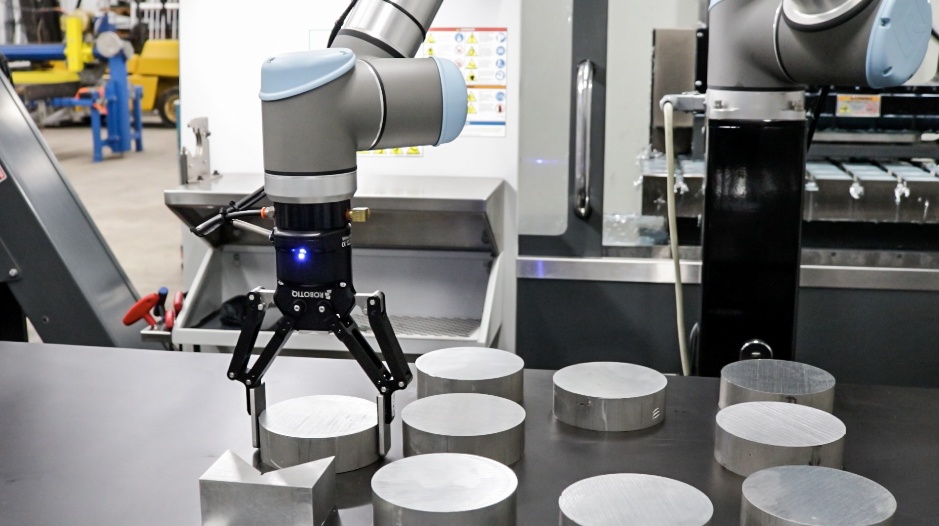
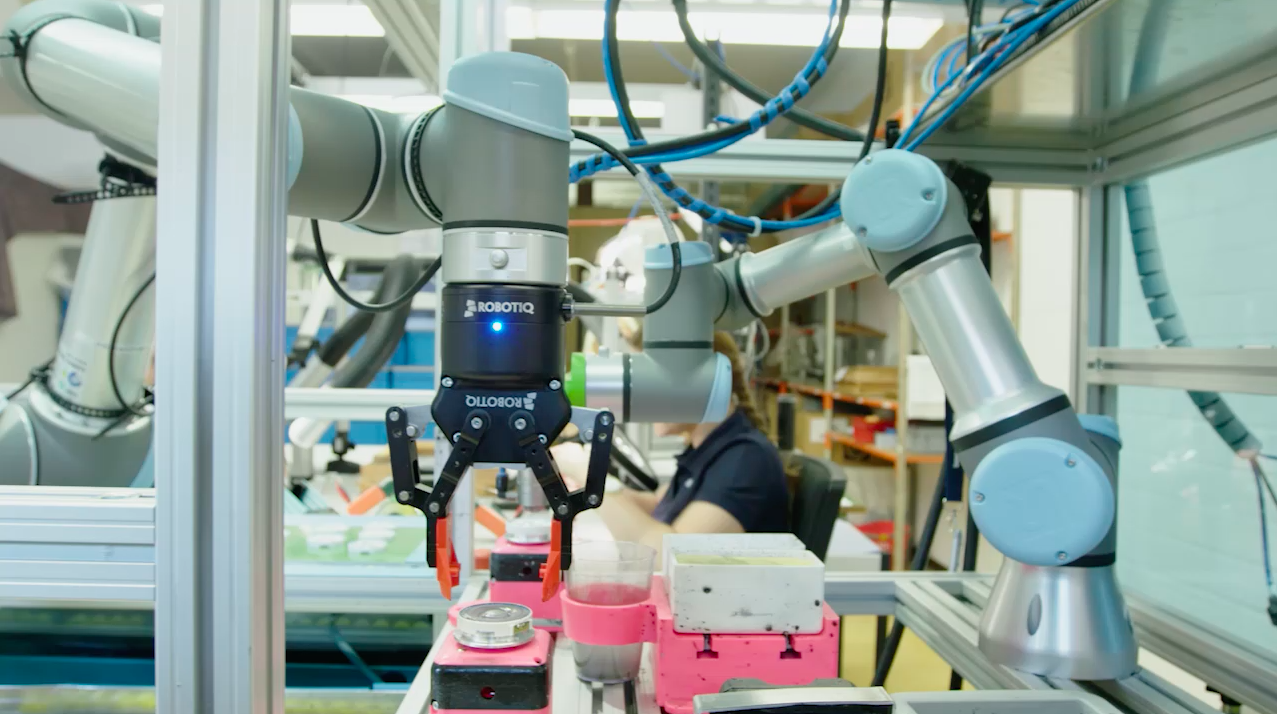


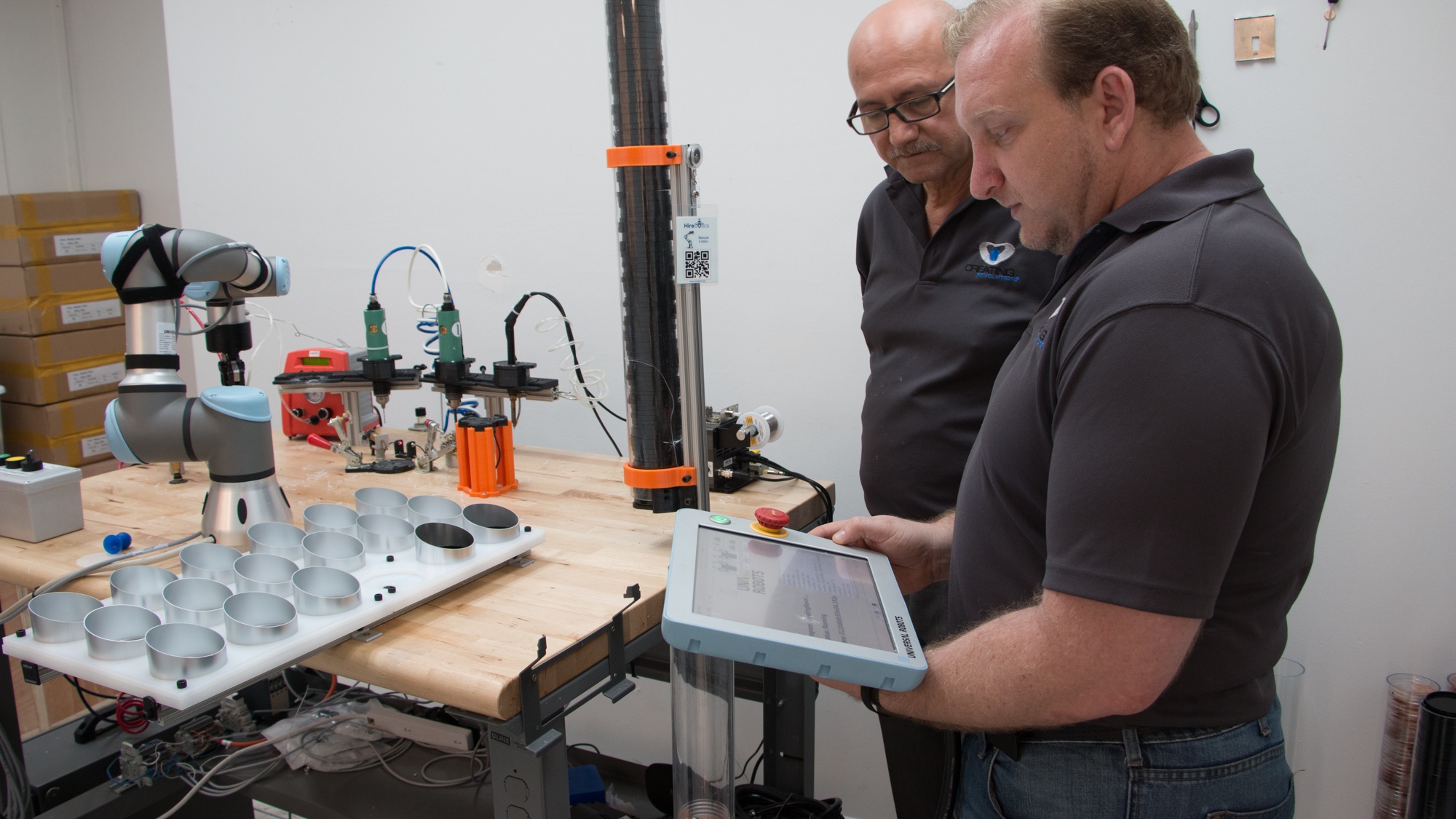
Leave a comment